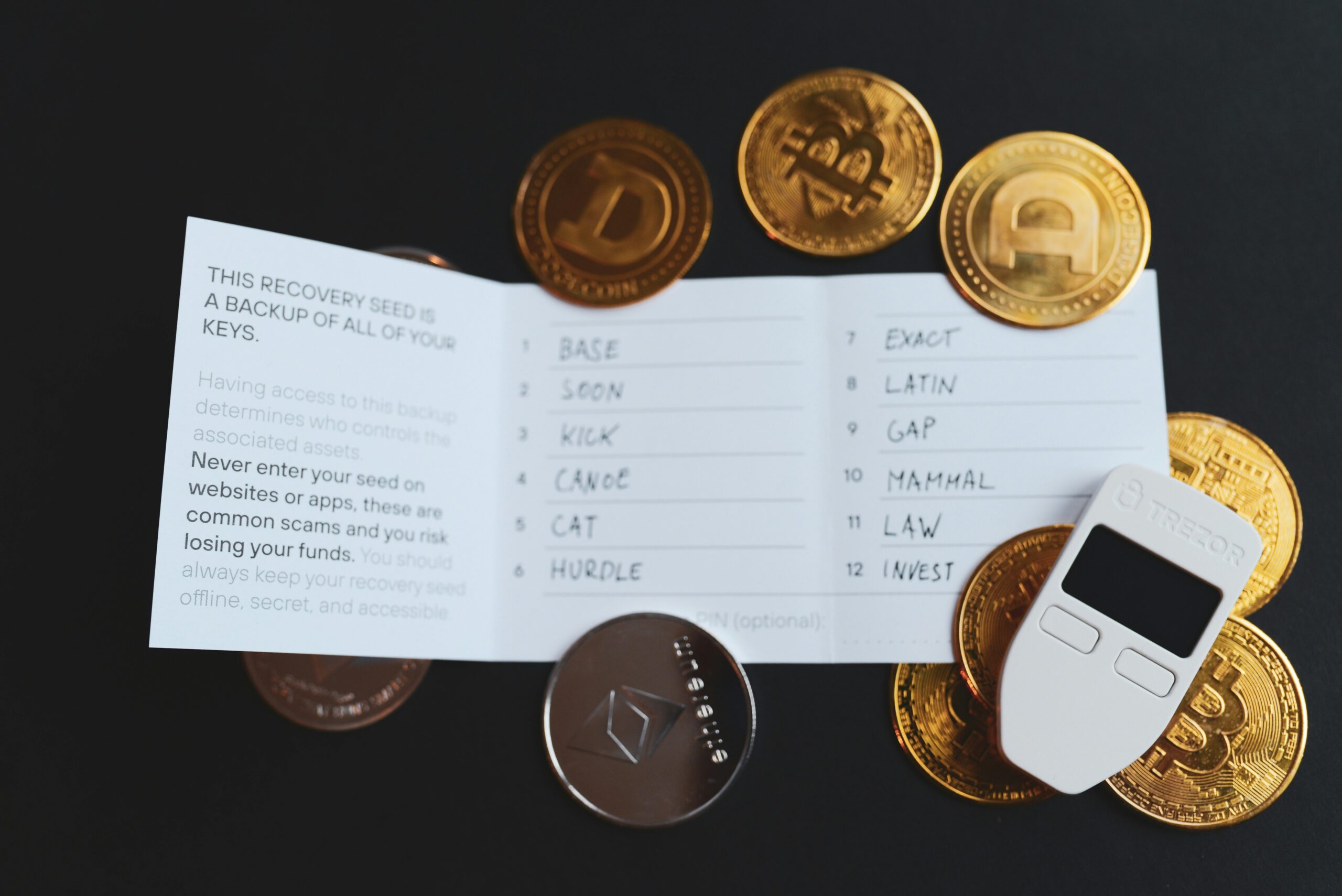Introduction
In the world of cryptocurrencies, a wallet is a digital tool that allows you to securely store, send, and receive your digital assets. One of the most important aspects of managing your crypto wallet is keeping track of your balance. In this blog post, we will guide you through the process of checking your crypto wallet balance, ensuring that you have complete control and transparency over your digital assets.
1. Choose the Right Wallet
The first step in checking your crypto wallet balance is to ensure that you have chosen the right wallet for your needs. There are various types of wallets available, each with its own advantages and security features. You can choose from hardware wallets, software wallets, or online wallets, depending on your preferences.
Hardware wallets, such as Ledger or Trezor, offer the highest level of security as they store your private keys offline. Software wallets, like Exodus or Atomic Wallet, are installed on your computer or mobile device and provide a good balance between security and convenience. Online wallets, such as Coinbase or Binance, are accessible through a web browser and are convenient for quick access to your funds.
2. Access Your Wallet
Once you have selected the wallet that suits your needs, the next step is to access your wallet. This typically involves logging into your wallet using your credentials, which may include a username, password, and two-factor authentication (2FA) for added security.
For hardware wallets, you will need to connect the device to your computer or mobile device and enter your PIN code. Software wallets usually require you to enter a password or use biometric authentication, such as fingerprint or face recognition. Online wallets will prompt you to enter your username and password, and may also require additional verification steps.
3. Find Your Wallet Balance
Once you have successfully accessed your wallet, you can now find your wallet balance. The location of your wallet balance may vary depending on the wallet provider, but it is usually displayed prominently on the wallet dashboard or home screen.
In most wallets, you will find your balance displayed in the wallet’s default currency, such as USD or EUR. However, you may also have the option to view your balance in different cryptocurrencies, especially if your wallet supports multiple digital assets.
4. Check Transaction History
In addition to checking your wallet balance, it is also important to review your transaction history. This will allow you to track the movement of your digital assets and ensure that all transactions are accurate and accounted for.
Most wallets provide a transaction history feature that allows you to view a list of all incoming and outgoing transactions. This list typically includes details such as the transaction date, time, amount, sender/receiver addresses, and transaction status.
By regularly reviewing your transaction history, you can identify any unauthorized or suspicious transactions and take appropriate action to secure your funds.
5. Use Block Explorers
If you want to dive deeper into the details of your wallet balance and transactions, you can use blockchain explorers. Blockchain explorers are online tools that allow you to explore and analyze the blockchain, the underlying technology behind cryptocurrencies.
To use a blockchain explorer, you will need to know your wallet address, which is a unique identifier for your wallet on the blockchain. Simply enter your wallet address into the search bar of the blockchain explorer, and it will display the balance and transaction history associated with that address.
Blockchain explorers provide a high level of transparency and allow you to verify the accuracy of your wallet balance independently. They also provide additional information such as the number of confirmations for each transaction and the current network fees.
6. Keep Your Wallet Secure
While checking your crypto wallet balance is important, it is equally important to ensure the security of your wallet. Here are some tips to keep your wallet secure:
- Use strong and unique passwords for your wallet accounts.
- Enable two-factor authentication (2FA) whenever possible.
- Keep your wallet software and devices up to date with the latest security patches.
- Be cautious of phishing attempts and only access your wallet through official channels.
- Consider using a hardware wallet for storing large amounts of cryptocurrencies.
- Backup your wallet’s recovery phrase or private keys in a secure location.
Conclusion
Checking your crypto wallet balance is a crucial part of managing your digital assets. By following the steps outlined in this blog post, you can easily and securely check your wallet balance, review your transaction history, and ensure the accuracy of your digital asset holdings. Remember to choose the right wallet, access your wallet securely, and keep your wallet and devices secure to protect your crypto assets.
